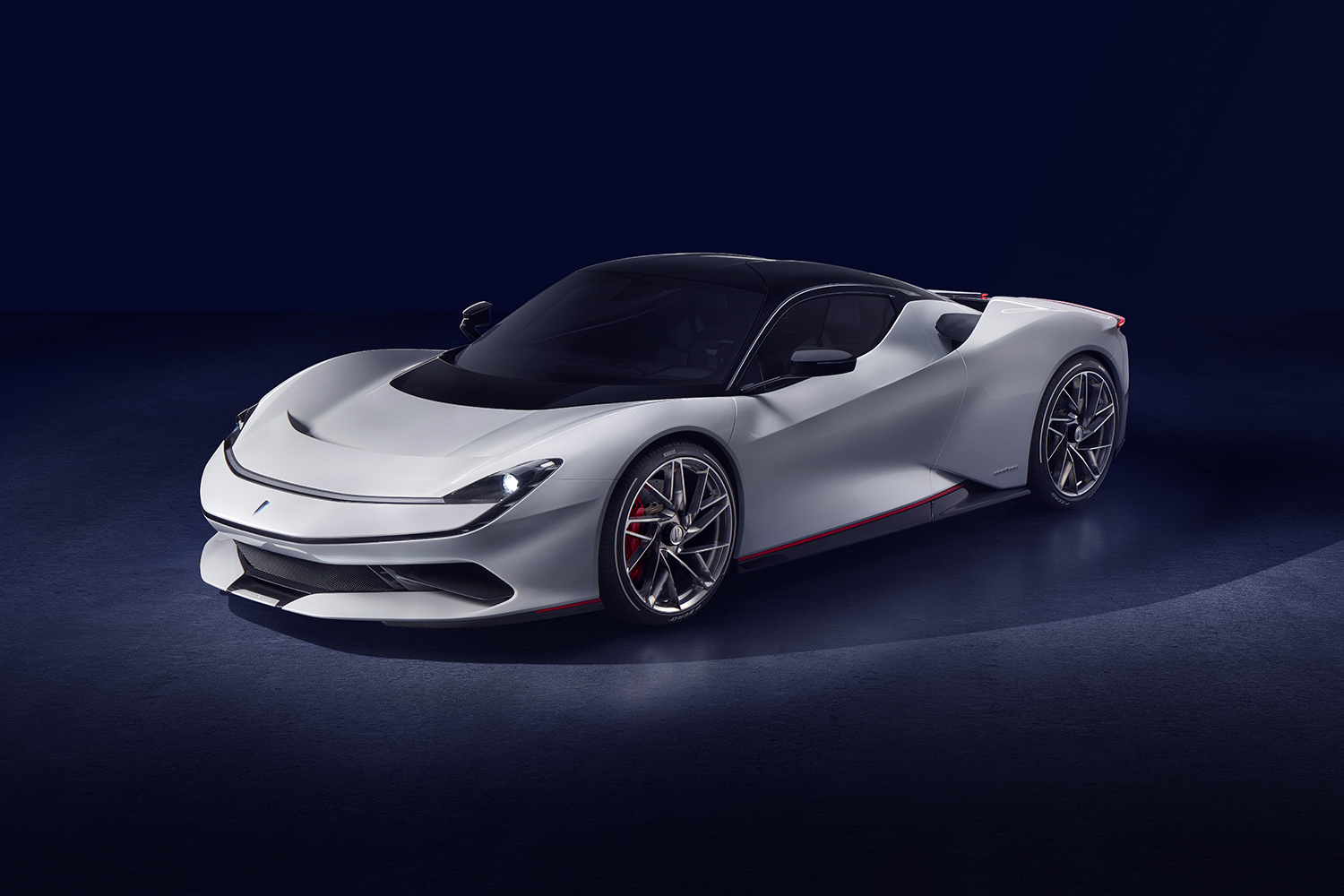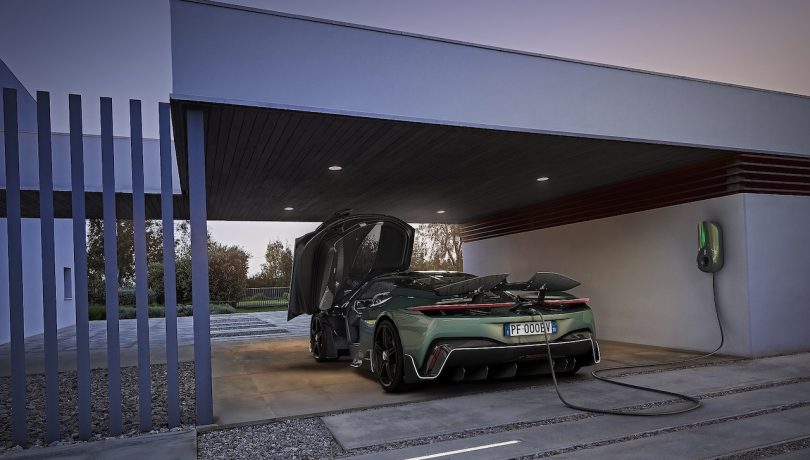Italian design house, Automobili Pininfarina has unveiled a bespoke wall box designed by Pininfarina SpA christened ‘Residenza’. The exclusive home charger will available to Battista customers adding a personalized element to their garage adding to the ownership experience. The Residenza Wall Box features the clean lines of the Battista and also comes with the same paint scheme that the owner has selected, pure electric, Italian luxury hyper GT.
Automobili Pininfarina is working togather with electric vehicle infrastructure pioneer ‘Green Motion’, to construct the Automobili Pininfarina badged 22kW AC wall box with the capacity limited to 7.2kW in North America. The Wall Box charger will be created using recycled and organic materials and the Residenza will be capable of fully charging the Battista’s 120 kWh Lithium-ion battery pack in six hours, making it perfect for overnight top-ups and providing the 500 km on a single charge on the WLTP cycle.
Furthermore, Automobili Pininfarina has also partnered with Charge Point which is one of the world’s largest electric charging network making the charging system available for Battista owners. Battista owners also get free unlimited public charging for five years as a result of this collaboration. Charge Point has over 115,000 places to charge across North America and Europe as well as more than 133,000 charging spots through roaming integrations with other charging network providers. The pure electric car owners can use the 180kW DC-charging system to charge their Battista from 20% to 80% in just 25 minutes.
The Residenza wall box features a tethered Type 1 cable (Mode 3). The wall box system integrated cable management system which automatically gathers and rolls the lead into the box for added convenience. Owners in Europe will be supplied with a tethered Type 2 cable (coiled cable). The Pininfarina Battista is powered by an all-electric powertrain with a 120 kWh lithium-ion battery pack that develops 1,900 PS of power and 2,299.4 Nm of torque. The electric car’s long-range is the result of Computational Fluid Dynamics (CFD) modelling and fine-tuning the aero package using CFD in a wind tunnel.



